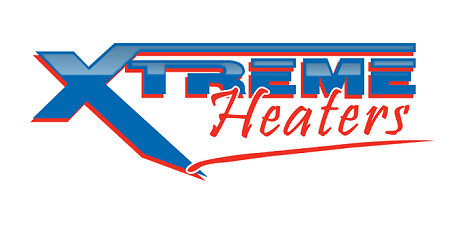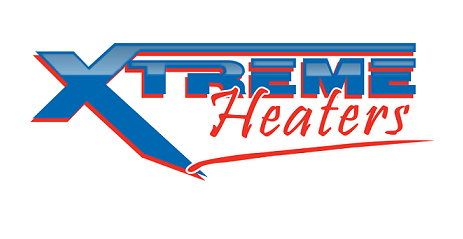Safety Certifications and Testing Procedures
Test Procedure
The procedures used to accomplish the Ignition Protection tests for ISO 8846, SAE J1171, and the USCG recommended procedures are entitled USCG Electrical System Standard Test Procedure. These procedures are acceptable to the European Community and the United States Coast Guard for establishing conformance to the ignition protection requirements.
The XXXHeat (Large Xtreme Heater) was chosen for the test as it is the highest energy producing unit. Upon receipt, the test specimen was inspected for damage and any obvious signs of noncompliance with the requirements of the ISO Standard, the SAE Standard and the USCG requirements.
Test Results
The results of the test performed indicate that the heater meets the Ignition Protection Test requirements of the USCG, stated in Title 33 CFR 183.410.
The Heater was operated (50 on-off-on cycles) while in an explosive atmosphere without igniting the atmosphere. At no time during the High Temperature Operating Test was a temperature in excess of the limits of the Standard detected on any exterior surface of the test article or its components. The thermostat contained the energy generated by the 50 Induced Explosions without causing the surrounding explosive atmosphere to ignite.
The Xtreme Heater is built to meet or exceed ABYC ignition protection standards for your safety.
This clip doesn't reveal the true intensity of this challenge. Our mission is to push the unit to its limits and obliterate it. It is moving so fast the camera cannot pick it up. This test Chages frequency and intensity to try and destroy the heater.
MIL-Spec Testing
The Xtreme Heater was tested for and passed the following MIL-STD tests:
- MIL-STD-810E Method 514.4 Vibration
- MIL-STD-810E Method 507.3 Humidity – humidity testing for environmental effects
- MIL-STD-810E Method 502.3 Low temperature – Low temperature testing witch takes the environment down to -40C/-4F
- MIL-STD-810E Method 501.3 High temperature – High temperature testing witch takes the environment up to 60C/140F




